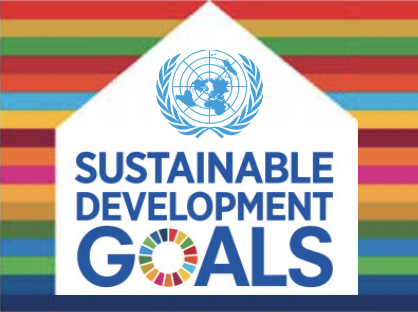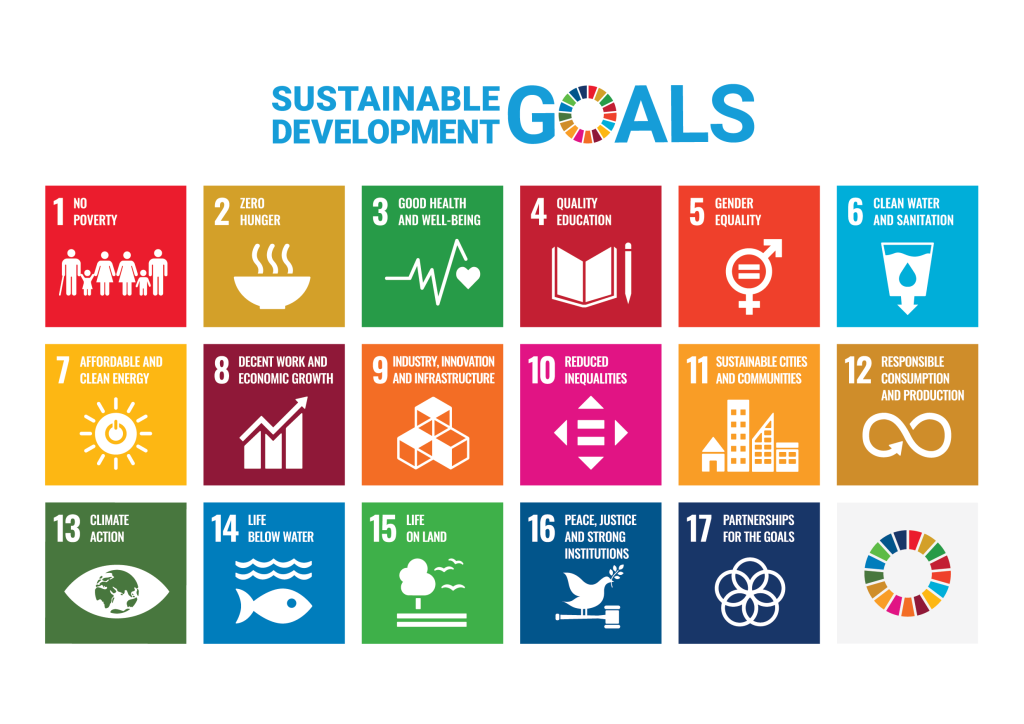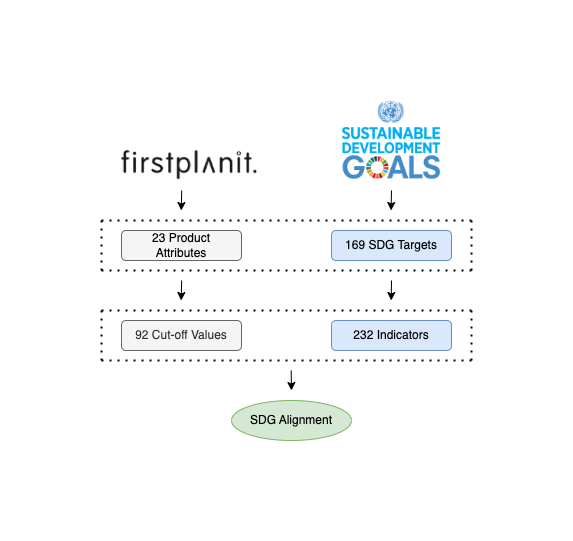Introducing SDGs in the built environment

The Sustainable Development Goals (SDGs) are a set of seventeen global objectives established by the United Nations in 2015 to eliminate poverty, safeguard the environment, and guarantee prosperity for all by 2030. At present, the SDGs have a substantial impact on the global arena, ranging from influencing political agendas to guiding companies on their sustainability endeavors. In the past few years, their popularity has increased significantly, with more and more firms choosing to exhibit their alignment with the SDGs in their sustainability reports. In 2017, only 39% of N100* firms were reporting their SDG alignment; however, this percentage has soared to 71% by 2022 (KPMG, 2022), emphasizing the need for an established SDG framework across the various industry sectors.
*The N100 refers to a worldwide sample of 4,900 companies comprising the top 100 companies by revenue in each of the 49 countries researched in this study.

SDGs in the Built Environment
The 17 Sustainable Development Goals (SDGs) encompass a broad and far-reaching range of topics, from ending hunger to achieving peace, justice and partnerships. However, there are many goals to which the built environment can make a significant contribution. The construction industry consumes 12% of the world’s freshwater, 30% of raw materials, and produces 20% of water effluents and up to 40% of landfill waste. Additionally, it accounts for 13% of global GDP. Given the considerable quantity of materials, energy, water, natural and financial resources it requires, the 2030 SDG Agenda presents a unique opportunity for the building sector to instigate a positive change.
Firstplanit alignment with SDGs

Building products are integral to the construction sector, as they form the basis of any construction project, from small residential homes to large commercial structures. Firsplanit is encouraging homeowners, property managers, and organizations to go beyond standardised technical datasheets and EPDs and to consider how their choices can align to global initiatives, like the UN’s SDGs. Every building product is evaluated based on 23 key attributes that determine the Environmental, Health, Social, and Monetary benefits it offers to its occupants. Points are only awarded when the products meet the respective attribute’s set thresholds (4 incremental thresholds per attribute) that are developed by our research team based on substantiated scientific and following industry standards. Each of the 23 attributes along with their corresponding thresholds (96) are analysed and compared against UN’s 169 SDG Targets and unique Indicators (232).
When there are matching evidence and a coherent connection between Firstplanit’s attributes and UN’s SDG targets can be established, we award the product with the corresponding SDG alignment. Currently, we have identified that building products can contribute to the achievement of 14 goals and 26 of their respective targets, with SDG 8 (Decent Economic Growth) and SDG 12 (Responsible Production & Consumption) being the largest contributors. In the urgent need for action to mitigate climate change, the construction industry must align with the relevant Sustainable Development Goals (SDGs) from 2030s Agenda, with Firstplanit offering a comprehensive framework to help the sector meet these targets.
